Cushion spurge (Euphorbia epithymoides) is a hardy, low-growing perennial known for its bright yellow blooms that bring a cheerful burst of color to gardens. Belonging to the Euphorbiaceae family, this ground cover thrives in sunny spots and adapts well to various soil types, making it a favorite among gardeners seeking easy-to-maintain ornamental plants.
Native to Central and Southeastern Europe, as well as regions extending to Turkey and Libya, cushion spurge’s compact, rounded form adds structure and charm to borders and flower beds. However, it’s important to handle this plant with care-its milky sap can cause skin and eye irritation due to its toxic properties.
Despite its cautionary traits, cushion spurge remains a versatile choice for those looking to enhance their landscape with a resilient and visually striking ground cover.
| Common name | Cushion Euphorbia, Cushion Spurge |
| Botanical name | Euphorbia epithymoides |
| Family | Euphorbiaceae |
| Species | epithymoides |
| Origin | Central & South Eastern Europe to NW. Turkey and Libya |
| Life cycle | Perennial |
| Plant type | Ground Cover |
| Hardiness zone | 4, 5, 6, 7, 8 |
| Sunlight | Full Sun |
| Maintenance | Medium |
| Soil condition | Loam |
| Drainage | Well-Drained |
| Growth rate | Medium |
| Spacing | 12 in. – 3 ft. |
| Flowering period | Spring |
| Height | 1 ft. – 1 ft. 6 in. |
| Width | 1 ft. – 1 ft. 6 in. |
| Flower color | Gold, Yellow |
| Leaf color | Gold, Yellow |
| Stem color | Green |
| Leaf benefit | Showy |
| Flower benefit | Showy |
| Uses | Rock Wall |
I. Appearance and Characteristics
Euphorbia epithymoides, the cushion spurge, syn. E. polychroma, is a species of flowering plant in the family Euphorbiaceae, native to Libya, Turkey and East, Middle, and Southeast Europe.
The cultivar ‘Major’ has gained the Royal Horticultural Society’s Award of Garden Merit.
The cushion spurge grows to 18” – 20” inches in height, which spreads to about 28” inches. It has a mounding growth habit and forms a dome or globe-shaped mound.
While every effort has been made to describe these plants accurately, please keep in mind that height, bloom time, and color may differ in various climates.
It features erect, sturdy stems and medium-green leaves, which look amazing in fall as they turn red, orange, or purple. It is also deer and drought resistant.
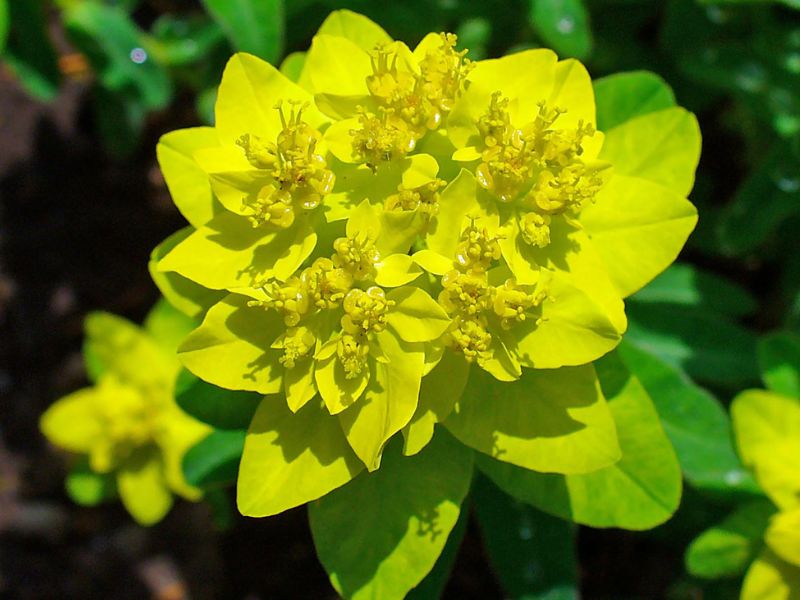
The plant produces terminal clusters of greenish flowers in mid to late spring, which are unnoticeable because of the bright yellow flower bracts underneath.
Since the bright sulphur-yellow bracts are eye-catching, they not only outshine real green flowers but are often mistaken for flowers.
Hence, they are called cyathia, the singular term for Cyathium used for a unique type of false flower specific to the genus Euphorbia only.
It consists of five small united bracts joined together at the base to form a cup-like shape.
The bright yellow bracts bloom in April and last for a long time. However, their color slightly fades by mid-summer as the stems grow.
II. How to Grow and Care
Sunlight
Spurges naturally grow in places that have plenty of sunlight, but some species can tolerate partial shade (e. g., Euphorbia amygdaloides var. robbiae). Full sun provides the best environment for spurges. If they are grown indoors, spurges need at least 6-8 hours of direct sunlight every day for proper development.
Temperature
Genus Euphorbia is very large and diverse, so its different species can be found in various habitats, but the majority are well-adapted to a temperature range of -29 to 4 ℃. Many spurges, in spite of having succulent leaves, cannot handle long periods without moisture and need to be watered weekly during hot summer days. Some cactus-like species are well adapted to high temperatures and prolonged dry periods, but most species used for landscaping and decorative gardening require more moisture for proper development.
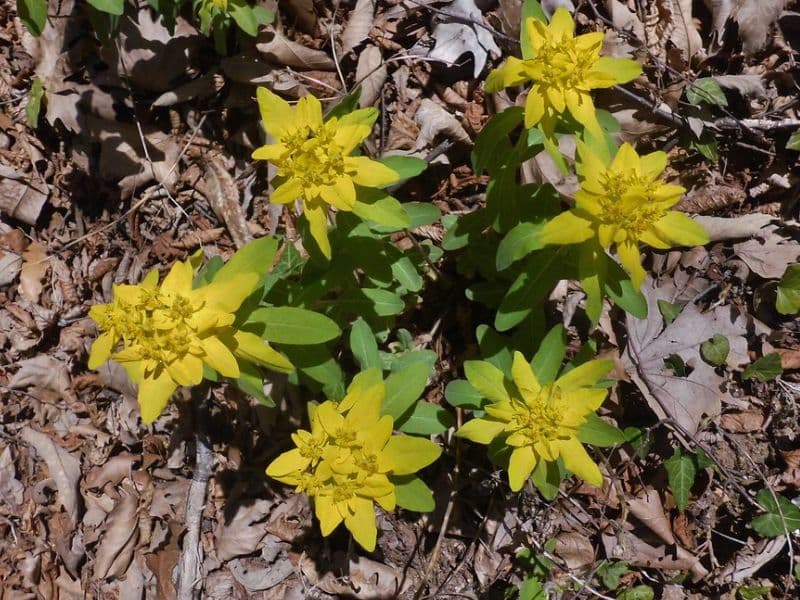
Watering
Originating from the rocky and scrubby terrains of Southeastern Europe, cushion spurge is accustomed to moderate moisture levels in its native environment. This species thrives with a balanced approach to hydration, showing resilience against occasional dry spells. Regular watering every week will maintain its vigor without causing waterlogging. Cushion spurge typically fares better outdoors where it can benefit from natural rainfall patterns, aligning with its preference for well-draining soil that mimics its original habitat.
Soil
Spurges aren’t picky when it comes to soil type. They can grow in a variety of soils. Some species of Euphorbia can even thrive in nutrient-poor soils, requiring only that the soil be well drained. If the soil is full of moisture and is prone to water retention, it will most likely cause root rot.
Fertilizing
Fertilize cushion spurge in spring with balanced fertilizer to boost vigor and a high phosphorus mix pre-flowering to enhance blooms. Apply quarterly, following the specific label rates—typically a light sprinkling for cushion spurge’s moderate feeding nature. Over-fertilization risks leaf burn; under-fertilization yields poor growth. Adjust feeding with seasonal growth—less in winter dormancy, more during active growth. Use slow-release granules for sustained nutrition, ensuring proper soil integration, and avoid direct contact with stems to prevent damage.
Planting Instructions
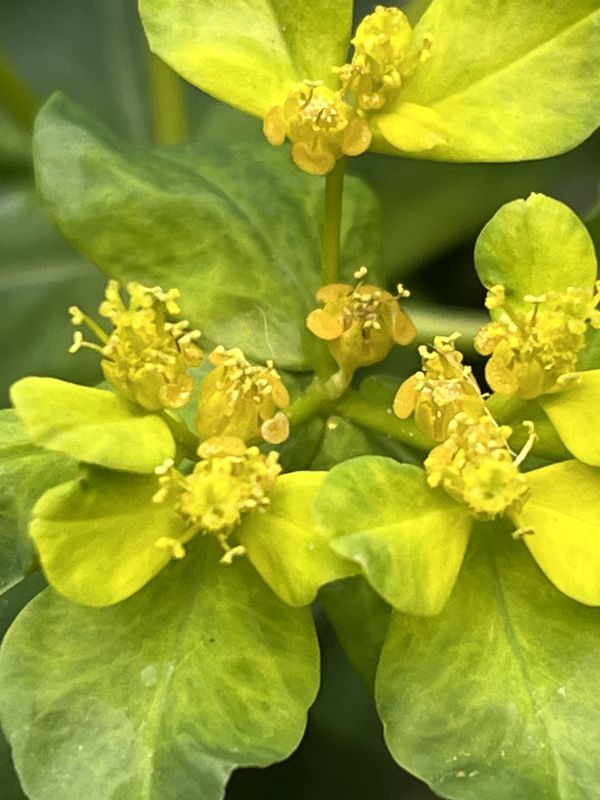
Dig a hole twice as wide as the plant’s root ball before planting. Then, turn the container with cushion spurge upside down and let the plant slowly fall into your hands. Place the plant upright in the hole and slowly fill in around the roots with loose and fertile potting mixture, adjusting the planting depth until it is just right. Water it once. Do not overwater, as standing water is not good for the plant.
Pruning
In early spring, if there are any damaged stems, they need to be removed to keep the plants healthy and to optimize their nutrient management. It is advised to cut back a certain number of stems after blooming in order to stimulate consistent flowering and growth of new foliage. When cutting a stem, cut at the stem’s base. It is very important to use gloves while handling and pruning cushion spurge, because their tissues contain milky-white latex sap which is poisonous and can irritate the skin.
Propagation
Cushion spurge can be successfully grown from seeds, but the seeds are rarely commercially available because they are difficult to germinate and stay viable only for a short period of time. Cushion spurge is most commonly propagated via cuttings.
It is important to wear gloves while working with cushion spurge cuttings and to clean the pruning shears thoroughly after pruning, so that any unwanted contact with the sap is avoided. Before planting, it is necessary to leave the cuttings to dry for 2-3 days. This will prevent rot from developing and enable proper formation of the callus tissue. It is advised to plant the cuttings in a soilless medium, such as peat moss, because it provides an optimal environment for proper root development.
Cuttings should be misted regularly, and the pots in which they are planted need to be wrapped in either foil or a plastic bag to preserve moisture. The bag or foil needs to be removed for two hours each day to provide sufficient air and to prevent excess moisture in the medium. If this step is skipped, molds and rots can easily develop and damage the health of the young, sensitive cuttings. When the cuttings develop a root system, they are ready to be transplanted into soil.
Transplanting
Spring, particularly between late March-early May (S10-S12), is the ideal transplanting period for cushion spurge. It thrives better in a sunny, well-drained location. While transplanting, ensure lower soil temperature for better root establishment. Remember, a gentle touch is key to preventing any root damage.
Repotting

Repot cushion spurge every 2-3 years in early spring to accommodate its active growth phase. This bushy perennial should be placed in a slightly larger pot to provide ample space for its mounding habit. Opt for well-draining containers to prevent root rot. Post-repotting, water cushion spurge moderately and provide bright, indirect sunlight for vital recovery and thrive. Maintain friendly assurance with diligent care, ensuring cushion spurge’s continued vibrant display.
Pests and Diseases
Polychrome is resilient to most pests and diseases.
However, it sometimes attracts spider mites, mealybugs, nematodes, and aphids. Watch out for these pests and use suitable insecticides (Neem oil) as soon as you detect any of these bugs to prevent severe infestation.
All parts of the plants are highly toxic and, hence, unsafe for ingestion.
When bruised or cut, its stem produces a milky sap, which is toxic and may cause skin rashes or eye irritation. Wear gloves when handling and use caution.
Don’t worry; this perennial is incredibly easy to grow. It has no serious insect or disease problems and is unbothered by deer and rabbits.
III. Uses and Benefits

The bright yellow-colored flowers and the reddish fall foliage color make cushion euphorbia an excellent choice for edging in both containers and rock gardens.
Cushion spurge plants are also ideal for use as ground cover, beds, borders, and patios.
Some other varieties of euphorbia polychrome are also available, such as Candy and Emerald Jade, which also feature showy flowers and foliage.
Find Where to Buy the Best Cushion Spurge (Euphorbia epithymoides)


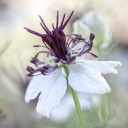




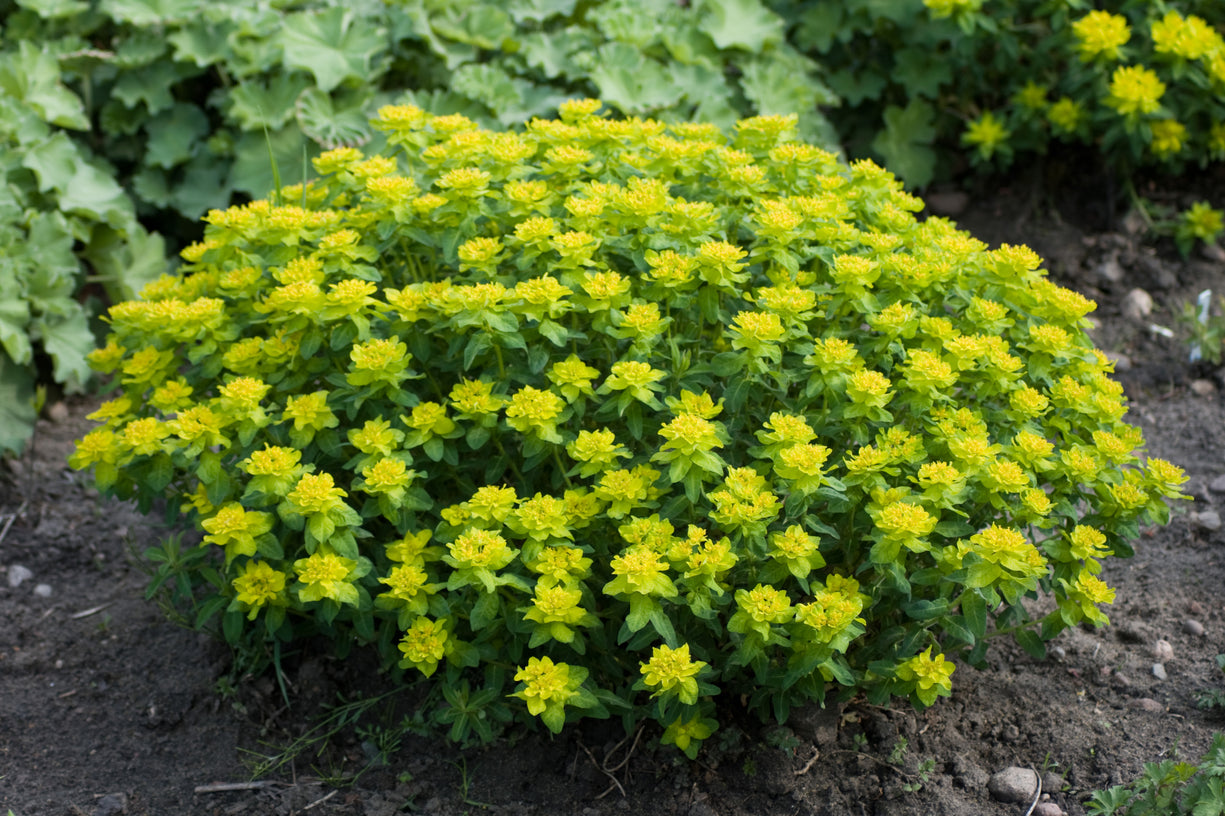

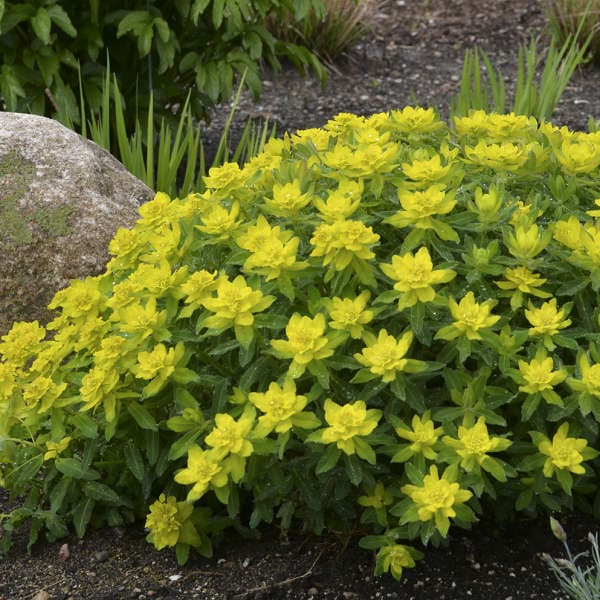
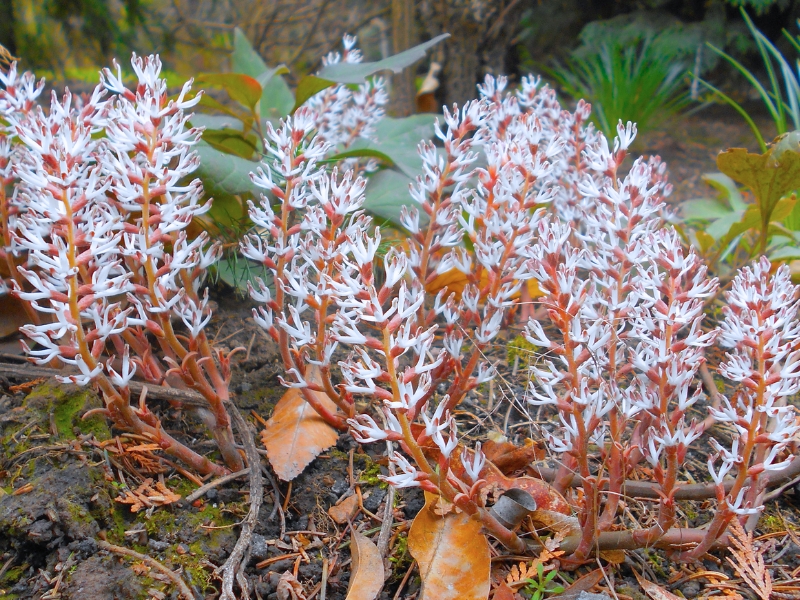

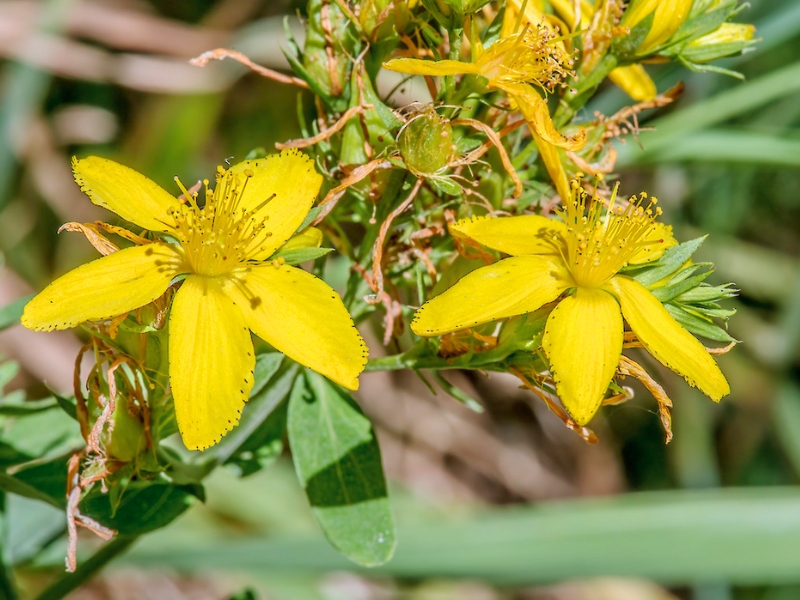
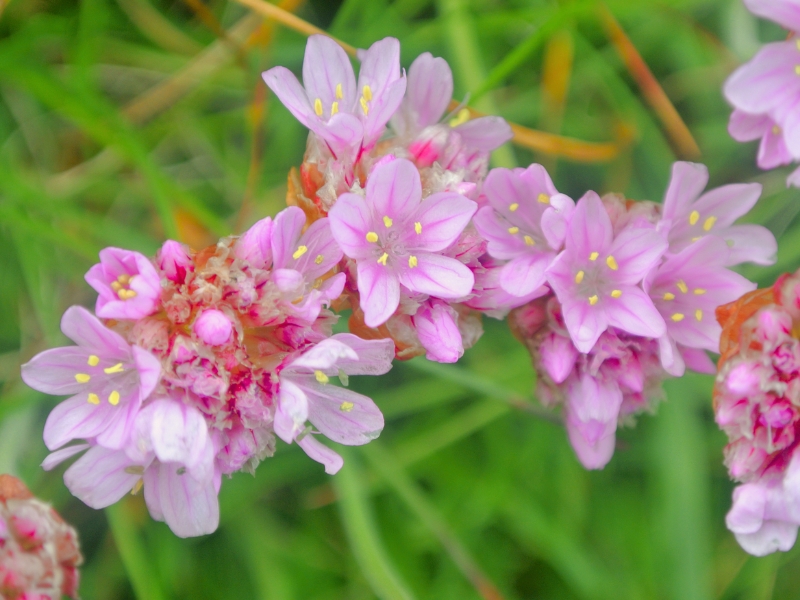
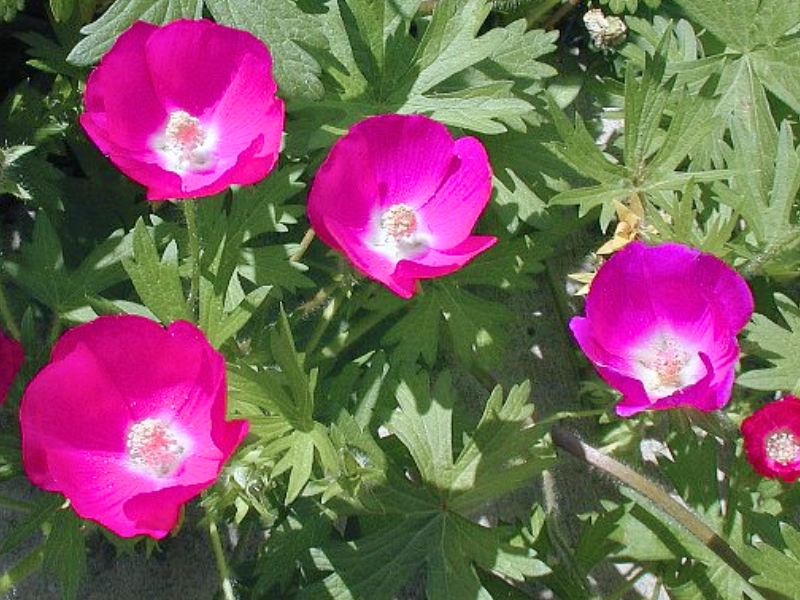
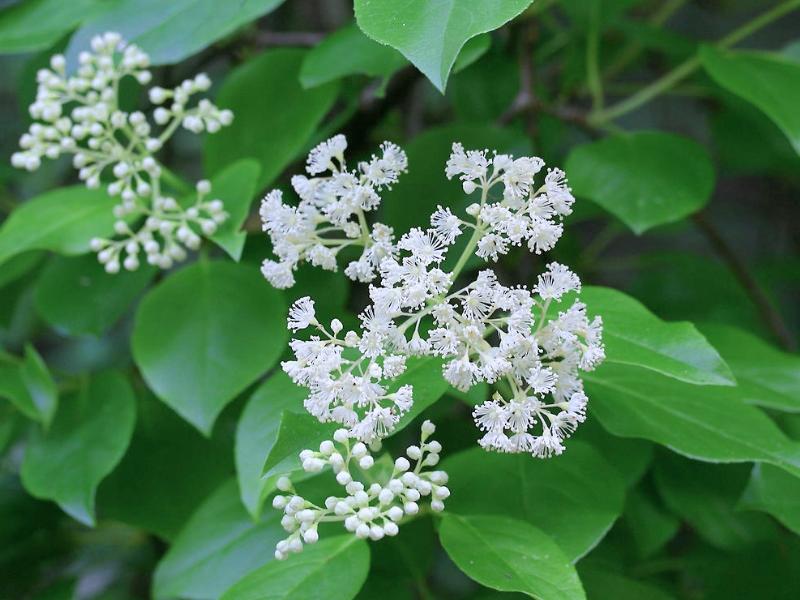
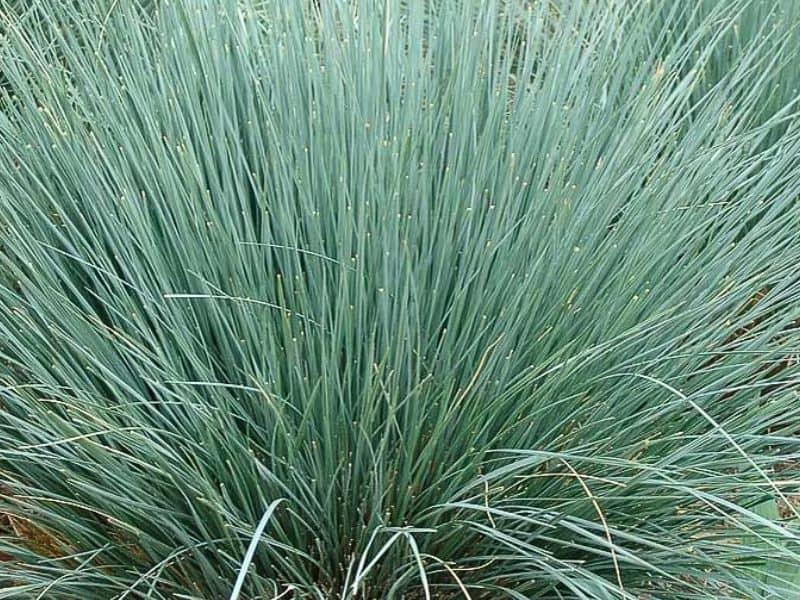
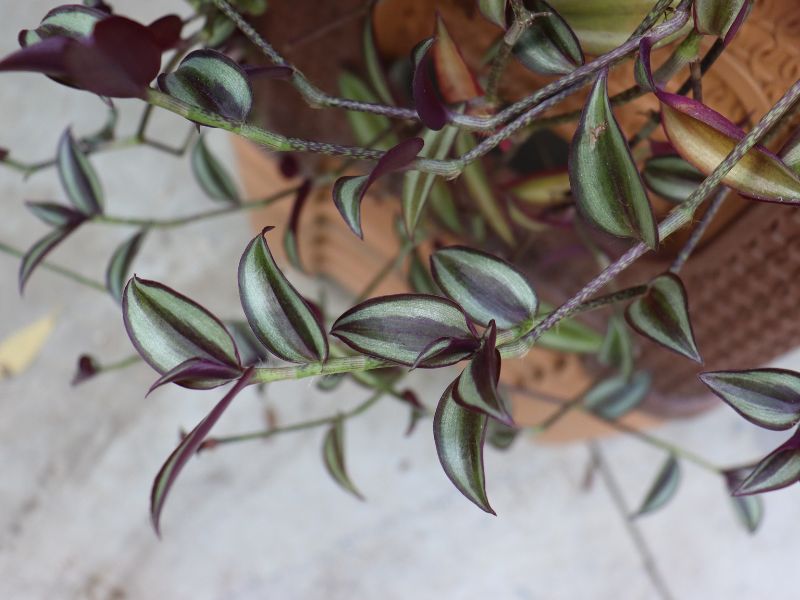
Leave a Reply